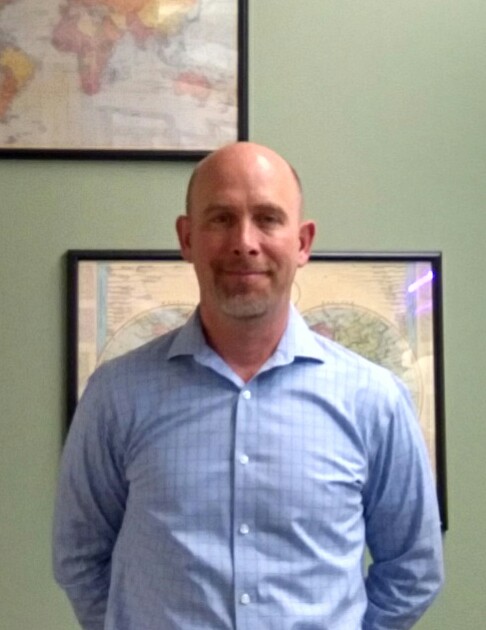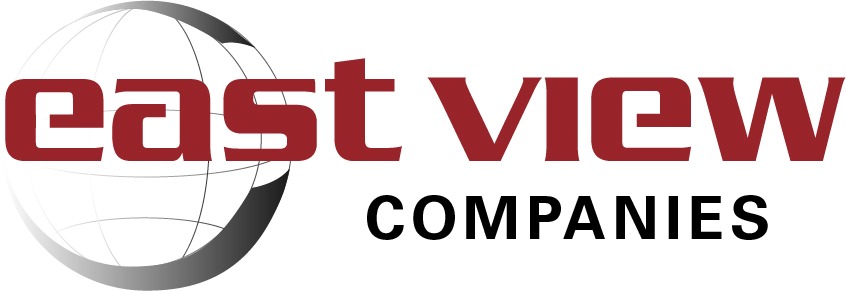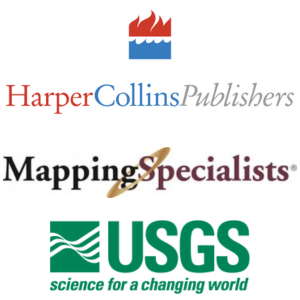IMIA Americas is hosting presenters during the upcoming Denver Meetup that will focus on their experiences in Government Data & Mapping efforts. Presenters will include:
David Brostuen, US Geological Survey
The Alaska Mapping Initiative: A Collaborative Approach to Topographic Mapping
The U.S. Geological Survey’s National Geospatial Program (NGP) has embarked on a multi-year program to map Alaska statewide at 1:25,000 scale. Known as the Alaska Mapping Initiative, this program requires collaboration among multiple partners to improve the digital base map layers maintained in The National Map. New and improved base layers are used to produce the USGS US Topo maps for Alaska. USGS is coordinating its efforts with the Alaska Geospatial Council and a federal coordination group, the Alaska Mapping Executive Committee. Multiple State and federal partners are engaging to improve base data layers to support the project. Significant funding and effort are focused on the collection of statewide radar elevation data to support the project as well as coordination to improve hydrography, transportation and other feature layers for Alaska. Since 2014, the USGS has completed over 6,300 new topographic maps for the state. This presentation will reveal current product specifications and status of the base data layers, describe the federal and state partnerships involved, and discuss how the data layers and resulting topographic maps are being delivered to the public.
David is responsible for operational management of the USGS National Geospatial Technical Operations Center facilities located in both Denver, Colorado and Rolla, Missouri. His responsibilities include oversight of production mapping and stewardship activities for The National Map including all of the foundation data included for USGS topographic mapping. He also oversees implementation of production activities for the US Topo, the 3D Elevation Program (3DEP) and the National Hydrography Dataset (NHD).
Jim Castagneri, U.S. Census Bureau
Leveraging Census Tracts for Regional Planning
Legally defined geographic areas are important, but they’re not the only kinds of geography for which local governments need data. The PSAP helps local, regional, and tribal government fill in their data gaps by defining statistical boundaries, including tribal statistical boundaries, in their community where no legal boundaries exist. These boundaries define how their communities will get data from the 2020 Census and the next decade of American Community Surveys. By participating in the PSAP, you can make sure that local, state, and federal agencies have good demographic data about your community for planning and funding. This preliminary discussion on the Participant Statistical Area Program, (also known as the Census Tract Program) is designed for those key individuals at the county and local level who utilize tract-level census data for planning purposes.
Jim has been a Geographer with the U.S. Census Bureau since 1987. He received his bachelor’s degree in Geography from the University of Colorado in 1984. He started his career at Census as part of the team building TIGER using analog cartographic techniques. He later shifted his focus to digital TIGER
maintenance and GIS. Jim was instrumental in bringing modern spatial analysis to the Census Bureau using commercial GIS and received the Department of Commerce Bronze medal for the application of GIS technology in field survey management.
Andrew Duff, National Park Service
The National Park Service National Datasets
The NPS GIS Council (GISC) and the National Geospatial Program have been working over the last several years to develop National Data Transfer Standards for geospatial data assets. These standards provide NPS the ability to aggregate data sets organizationally from Parks to Regions to National, thus enabling an enterprise perspective on geospatial data. This enterprise approach relies on authoritative data and workflows as well as documented stewardship processes to support the overarching goal of geospatial data integration in a variety of products and applications. One example of this integration is data seeding for Park Tiles, a suite of custom, online basemaps, which match the NPS’s graphic identity. This presentation will cover our approach to enterprise data development including the data standards development process, tools used for dataset aggregation, and the status of the NPS National Datasets.
Andrew Duff is a Geospatial Data Architect who works for the National Information Services Center, Resource Information Services Division of the National Park Service (NPS) in Lakewood, CO. Andrew assists the NPS National Geospatial Program by providing expert-level support on a variety of enterprise data management and governance activities. Prior to his current position, Andrew was the National Data Standards Development Manager for the Bureau of Land Management. Formerly, he led the Wildlife Survey Data Management section of the Washington State Department of Fish and Wildlife, served as a Geographic Information Systems (GIS) Analyst/Programmer for Science and Collaboration for Connected Wildlands, and worked as a GIS Specialist and Wildlife Biologist for the Klamath Network Inventory and Monitoring Program of NPS.
Greg Matthews, US Geological Survey
Recreational Features on U.S. Geological Survey Products and Services
The recent addition of recreational data to the National Geospatial Program products and services is built on partnerships with federal, state, nonprofit, and advocacy groups. These partnerships are undertaken without overhead costs of acquisition and with long-term costs undertaken by our data partners as they expand and curate their data. These data partnerships are a benefit to both agencies; the USGS NGP receives high quality recreation data for our products and services while the partnering agencies’ data is made available through a national outlet that aggregates their data with similar data across the nation. While the current US Topo Map is a departure from the Topographic Map Quadrangles of the past, the brand is still very much recognized by the public. According to the USGS FAQs website, “Recreational trails are the most requested additional feature class.” Past USGS Topographic Maps were well known for including trails features and were commonly used for hunting, fishing, and camping. Recreation information has been important to past users of our mapping products and will continue to be important to the public and land managers as different types of recreation develop and overall recreational demand continues to increase. For the past four years, the USGS has been working with federal land management agencies to help meet agency needs. By leveraging our skill sets, infrastructure, and unique relationships, the USGS has built workflows that gather data from multiple agencies and aggregate them into a single comprehensive database of the nation’s recreational data. This presentation highlights the significant partnerships the USGS has developed with recreation data providers and the work that has been done to help meet one of the basic land management agency missions of making important landscape level recreational datasets available to agencies and the public.
Greg Matthews has been with the USGS since 2008 and currently works for the National Geospatial Program as the Natural Resources Conservation Community of Use Coordinator. Past positions at the USGS include working for the NGTOC in Denver as the Transportation National Partner Support Lead, Project Manager for The National Map Corps, and in the Innovations Office as an Applied Researcher. Greg has a master’s certificate in GIS from University of Colorado at Denver, and a Bachelor of Science in Natural Resource Management from Kansas State University, and is pursuing coursework in Project Management at Denver University.
Chris Caird, Managed Business Solutions (Contractor to Bureau Of Indian Affairs)
Tribal Geospatial Training
The Branch of Geospatial Support (BOGS), which is under Bureau of Indian Affairs (BIA), Office of Trust Services (OTS), Division of Land Titles and Records (DTLR), provides GIS software, training, and support for the management of spatial and geographic data on Indian lands. BOGS provides geospatial training for employees of federally recognized tribes and to OTS supported functions within the BIA. There is no tuition cost for this training. The class size ranges from 8 to 12 students. Training equipment and training materials are provided by BOGS. Expenses for transportation, hotel accommodations, and meals are the responsibility of the participant’s organization. The courses are held at various tribal locations or BIA Agency offices. Current courses offered include: Principles of GIS, Introduction to Cartography, Introduction to Remote Sensing, and Introduction to GPS using ArcPad with new courses being added annually. BOGS teaches approximately 600 students per year from all 12 BIA Regions. The courses have improved the technical GIS knowledge within the tribes. More importantly, the trainings have built relationships with the tribes resulting in more successful tribal geospatial projects. This has increased BIA’s ability to protect and improve the trust assets of American Indians, Indian tribes and Alaska Natives.
Chris Caird is the Lead Geospatial Trainer contracted with the Branch of Geospatial Support for The Bureau of Indian Affairs in Lakewood, CO. Chris works alongside 50+ professionals who provide Geographic Information Systems (GIS) software, training, engineering, and system support for the management of natural resources on Indian lands, such as agricultural, irrigation, flood plain analysis, forest harvesting, wildland fire analysis, land titles and records, oil and gas management, and other economic analyses. This is accomplished by providing expert technical support in geospatial data technologies and other applied sciences to Indian Affairs (IA) and employees for federally recognized tribes. The Branch of Geospatial Support is the sole technical support office to 5,000+ participant of IA and all tribes for GIS as a part of the Department of Interior (DOI)-Bureau of Indian Affairs (BIA) ESRI® Enterprise License Agreement (ELA) with ESRI and several other products. The support activities include software distribution (ESRI® ArcGIS for Desktop, Portal, and Server), customer license accounting, geospatial and technical software support, remote sensing, and GIS training and workshop sessions. Chris’ current role along with the Training team, takes them to over 550 reservations including Alaskan Native villages to provide in person, custom made materials using ESRI tools and software at no cost to the student. Visit the BOGS team and read about the services the Branch of Geospatial Support provides to the tribes www.bia.gov/gis.














